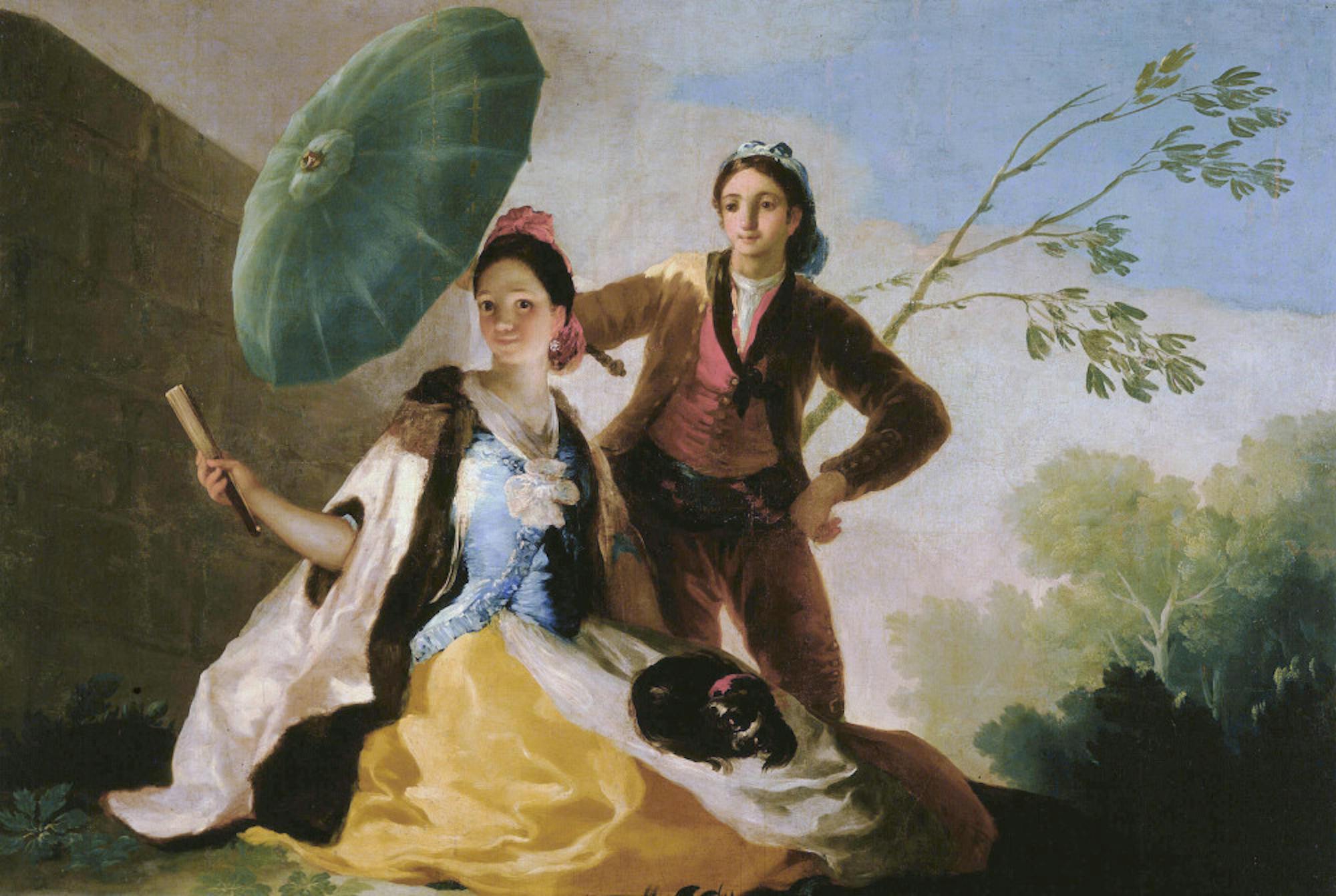Currently on display at the Museum of Fine Arts (MFA), Boston, is the United States' largest retrospective of Spanish master Francisco Goya (1746 - 1828) in 25 years. Featuring 170 paintings, prints and drawings, the exhibition is comprehensive in that it combines loans from Europe and the United States with the MFA’s strong existing collection.
Included are 21 works from the Museo Nacional del Prado in Madrid and loans from the Musée du Louvre, the Galleria degli Uffizi, the Metropolitan Museum of Art and the National Gallery of Art in Washington, DC, among other private collections. According to Malcolm Rogers, the Ann and Graham Gund Gallery Director at the MFA, “This exhibition offers a once-in-a-generation look at one of the greatest, most imaginative artists of all time. 'Goya: Order and Disorder' reflects the Museum’s close collaboration with the Prado, and builds on our proud tradition of Goya scholarship.”
The exhibition curators are Art of Europe Chair Frederick Ilchman, Curator of Paintings Russell W. Baker and Curator of Prints and Drawings Stephanie Loeb Stepanek. This group brings unique perspectives to these well-known works. The exhibition was also made possible by Goya scholar and former MFA Curator of Prints and Drawings Eleanor Sayre, who worked on previous Goya exhibits and bequeathed some of his works to the MFA upon her death in 2001.Rather than organizing the exhibition chronologically, Ilchman and Stepanek have curated it by theme in order to open up connections across his career. 
The first section of the exhibition, titled "Goya Looks at Himself," includes the well-known etching from the MFA’s collection, "The Sleep of Reason Produces Monsters (El sueño de la razón produce monstruos), Caprichos 43" (1797-99). According to Ilchman, “Examining his compositional preoccupations across decades -- often in the same room of the exhibition -- reveals the continuity of Goya’s imagination.” This room immediately reveals another strength: Goya’s talent across media. Prints, drawings and paintings are given equal weight throughout the exhibition, which seems only fitting given the MFA’s thorough collection.
In the second room of the exhibition, titled "Life Studies," we see Goya’s sense of humor, as well as his timeless rendering of everyday issues. He paints an old woman attempting to wear clothes that are too youthful for her as the broom of time appears to sweep her away, and a playful young woman who ignores her suitor to look out at viewers.
Today, Goya is popularized for his portrayal of witchcraft and other magical scenes, but the section "Portraits" reminds us that he was, by and large, the most famous Spanish portrait painter of his day. Within this room are paintings of the "Duke of Alba" (1795, Museo National del Prado) and "Duchess of Alba" (1797, Hispanic Society of America) on view as a pair for the first time since the early 19th century. These stunning portraits, as well as the others around them, make it easy to see why Goya was so admired and his work so coveted. In fact, he was the court painter for four rulers of Spain.
The sections "Play and Prey" and "Other Worlds, Other States" provide some of the delightful Goya works visitors are looking for -- including beautiful bullfighting prints and a rendering of a Spanish nightmare. The section "In the Balance," while perhaps an unexpected theme, captures the crux of the exhibition and shows how Goya is able to convey both “order and disorder” simultaneously in his work. "Crazy Skates (Locos patines)" (1824-28) and "Ice Skaters" (1812-20), positioned side-by-side, show this balance. As stated in the wall text, “These skaters play against each other rhythmically and dissolve into the depth of the drawings' space,” and in both, “Goya suggests that lunacy is connected to the loss of balance.”
Overall, this exhibition engulfs the viewer in Goya's world. With so much detail and so many diverse forms of media, "Goya: Order and Disorder" should be visited several times, if possible. The thematic framing of a beloved Spanish master makes this exhibition easily engaging. But it’s not just the curatorial decisions that engage -- Goya dealt with issues that are still pertinent today. From flirtatious couples to gruesome bullfights, this exhibition is timeless in its ability to entertain.
"Goya: Order and Disorder" will be open for visitors until Jan. 19, 2015. Admission is free with a Tufts ID.
MFA Exhibition showcases Goya’s genius across time and media

Francisco Goya's talent as a portrait painter is apparent in this diverse exhibition.





